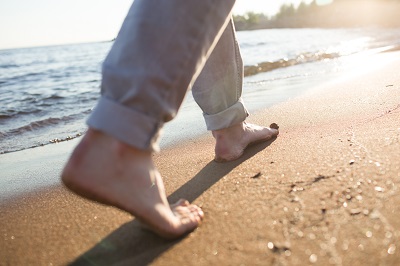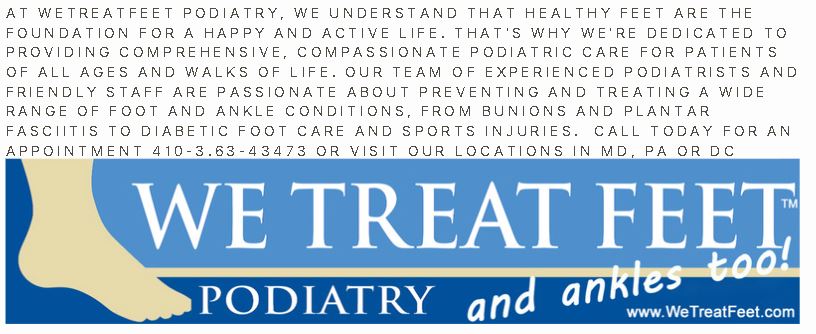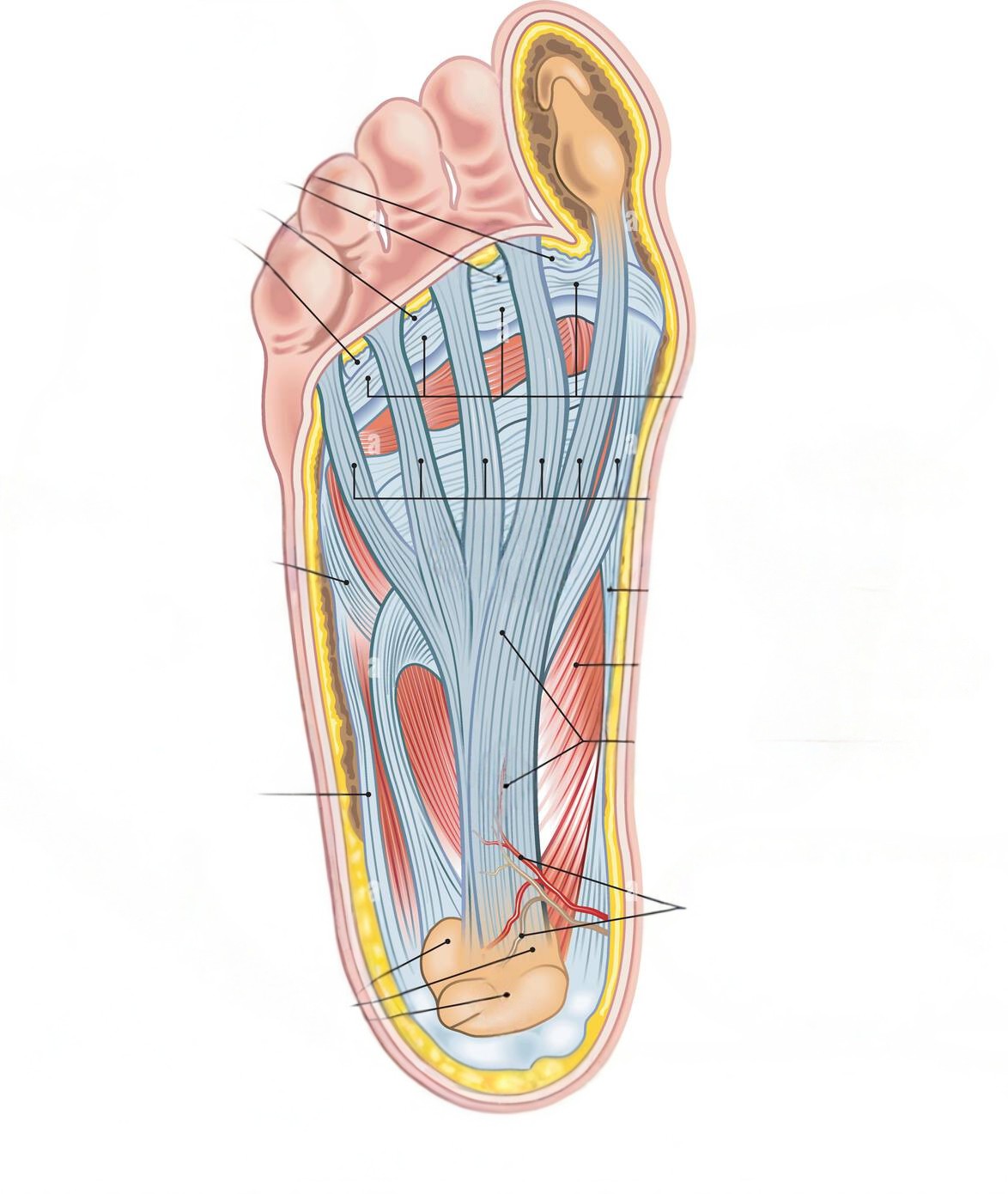
Best Shoe for Walking
As a podiatrist who’s spent decades in the trenches of foot health, both as a clinical specialist and a self-professed gear enthusiast, I’m regularly asked for recommendations on the Best Shoe for Walking —especially from patients who travel frequently or log long days on their feet. When I field these questions, my mind never jumps to the trendiest brand or the flashiest design. Instead, I focus on what I’ve seen consistently work for my wide range of patients. Experience has taught me the brands, features, and subtle construction details that actually carry people comfortably across airports, city tours, and unpredictable pavement.
My Go-To Brands and Models for the Best Shoe for Walking
If I had to name the Best Shoe for Walking I recommend most often, Brooks tops the list. The Brooks Ghost series—especially the Ghost 17—delivers reliable cushioning and a range of widths, which is essential for fitting different foot shapes. I’ve lost count of how many travelers, nurses, and everyday walkers have come back to thank me for steering them toward the Ghosts. For patients requiring a little extra support or stability, the Brooks Beast (for men) and Brooks Ariel (for women) add a layer of motion control without feeling clunky.
New Balance is another workhorse in my recommendations. The New Balance 990 and 1540 series provide balance and structure but still feel flexible enough for all-day use. I especially appreciate that New Balance consistently produces wide and extra-wide options—a godsend for those with bunions, hammertoes, or generally wide feet. For athletic travelers or those who want to integrate workouts into their itinerary, the ASICS Gel series, especially Kayano, strikes a sweet spot between soft cushioning and reliable arch support.
Hoka One’s offerings stand out for impact absorption. I’ve recommended shoes like the Hoka Transport for people with plantar fasciitis or for those rehabbing from stress injuries. The rocker-bottom design isn’t for everyone, but if you need to offload forefoot pressure or want a “soft landing” feel, Hoka consistently delivers.
Vionic and Orthofeet fill a unique niche. These brands cater to consumers who need orthotic-level support straight out of the box. I frequently recommend Vionic’s walking shoes to anyone with flat feet, chronic overpronation, or history of heel pain. Their built-in orthotic footbed means less time swapping insoles. Orthofeet’s slip-on and lace-up lines are a favorite when convenience and pain relief matter most—from hurried airport transitions to long cobblestone walks.
For women, Rykä has become a reliable choice. Their Devotion Plus and Devotion X models earned my endorsement for blending anatomical arch and heel support with lightweight, breathable uppers. These have won over many of my female patients for everyday and active travel.
Features I Prioritize
When I’m helping someone select shoes for travel—whether they’re athletic, arthritic, or just want pain-free steps—I look for a combination of these features for the Best Shoe for Walking:
- Arch Support: Not everyone needs a rigid arch, but almost all walkers benefit from some structure underfoot. I’ve watched countless flat-footed and high-arched patients turn their walking experiences around with the right level of support.
- Cushioning: There’s no substitute for shock absorption, especially when you’re logging ten thousand steps a day. Shoes like the On Cloud 6 and Brooks Ghost provide generous cushioning without becoming mushy or unresponsive.
- Width Options: Proper fit is essential. I encounter people every week who struggle with bunions, neuromas, or just a wider foot profile. Brands like New Balance, Brooks, and Orthofeet set themselves apart by offering a true range of widths, which minimizes the need for “breaking in” and the risk of blisters or hot spots.
- Flexibility and Traction: Unless my patient is strictly walking on treadmills, flexibility matters. Rigid soles can fatigue the plantar fascia and Achilles over long distances. At the same time, I pay close attention to outsole traction, especially for travel on wet floors or slick city surfaces. Shoes like those from On Cloud, Brooks, and ASICS balance these two needs very well.
- Breathability: Whether you’re city hopping in summer or hiking a humid rainforest, a breathable mesh upper helps keep feet cool and prevents moisture-related skin issues. Most top-tier walking shoes—including those by Brooks, New Balance, and Hoka—offer this with their latest models.
A Simple Fitting Approach
Here’s a tip I share with everyone contemplating a shoe purchase for travel:
- Go late in the day, when your feet are naturally a bit swollen from activity.
- Bring the socks you plan to wear; thin dress socks fit differently than athletic ones.
- Slip both shoes on, stand, and walk at least fifty feet. Look for snugness at the heel and enough room in the toe box—especially across the forefoot.
- Try to lift the toe, then twist gently to test flexibility. If the shoe bends at the ball of the foot but resists folding in the middle arch, that’s usually a good sign for walking comfort.
Advice for Specialty Needs
For those with bunions or hammertoes, look for styles with a deep toe box—Drew Shoes and Orthofeet never disappoint here. Flat feet may need a stiffer midsole and firmer arch, while high arches benefit from extra cushioning. If you have a history of plantar fasciitis or heel pain, prioritize shoes with robust heel counters and rocker soles—Hoka and Vionic have great options.
Wrapping Up
After years of guiding patients through shoe choices, traveling myself, and keeping a pulse on biomechanics, I gravitate toward brands like Brooks, New Balance, ASICS, Hoka, Vionic, Orthofeet, and Rykä for walking and travel. The right combination typically involves arch support, ample cushioning, suitable width, adjustability, and the capacity for custom insoles. Ultimately, fit matters most—no shoe, no matter how well-reviewed or expensive, can succeed if it fails to fit your foot’s unique contours.
Every recommendation springs from hands-on experience and patient feedback, not manufacturer’s hype. Comfort, support, and a touch of style—that’s what I strive for when helping people pick the best walking shoes for their travel adventures.
You can also read our Blog about choosing the right shoe and compare to the Best Shoe for Walking





